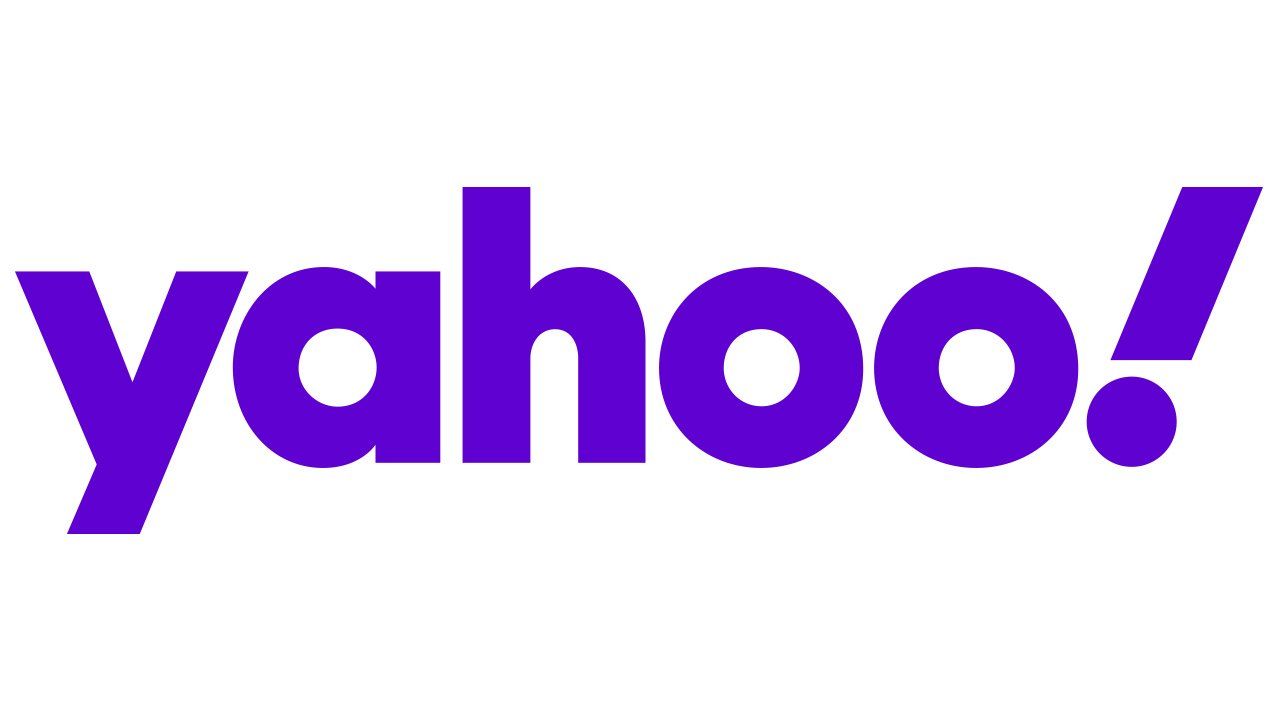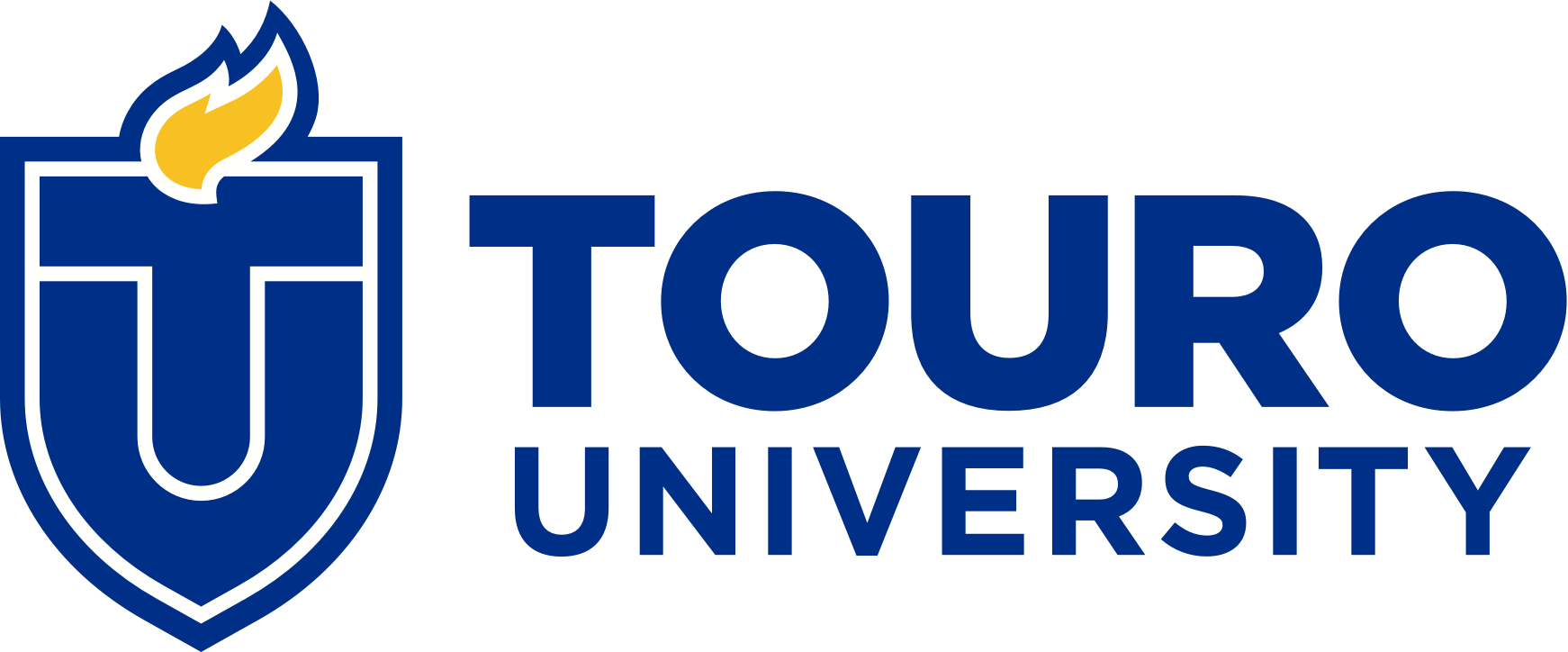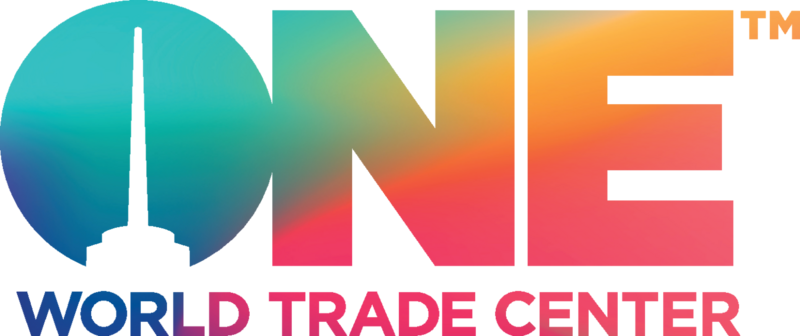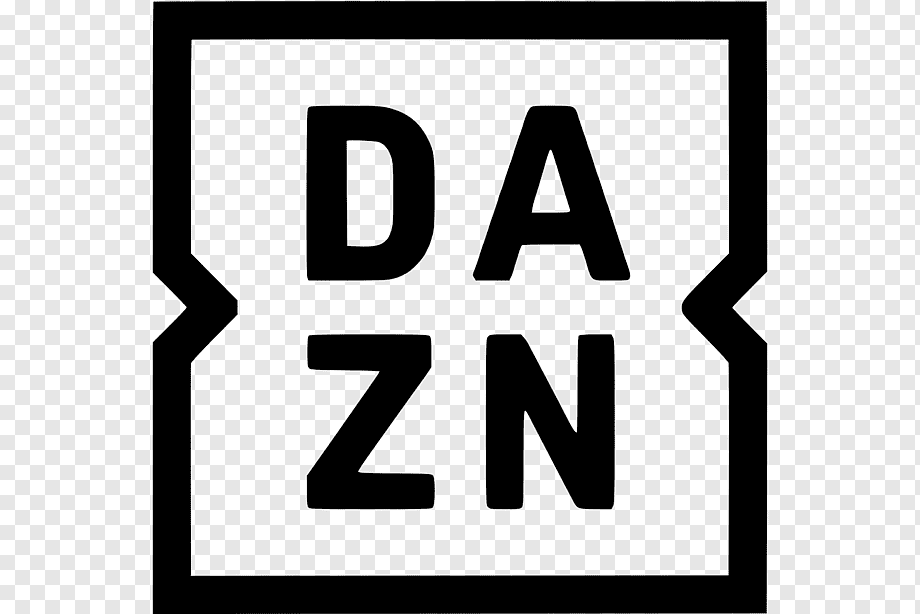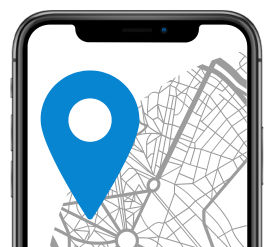The Most Trusted Fiber Optic Services in the NYC Metro Area
Hire the Best Fiber Optic Services & Cabling Company in the NYC Metro Area
Contact Us
✔ Contact Us
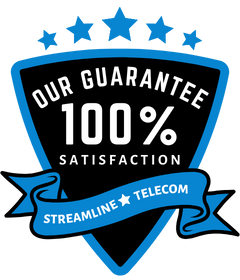
Reliable & Trusted Fiber Optic Services & Cabling in the NYC Metro Area
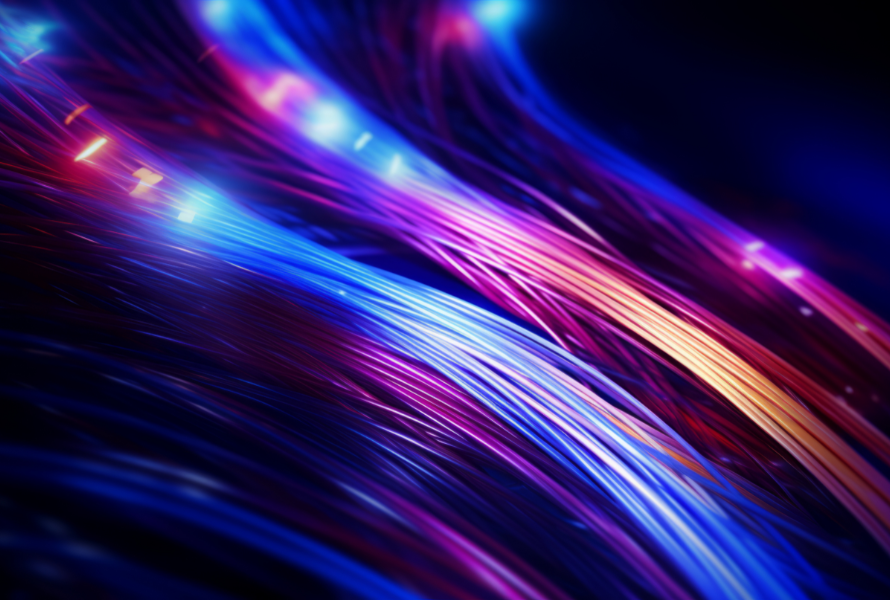
As a company dedicated to providing the most robust support possible to businesses seeking to stay on the cutting edge of communications and security technology, Streamline Telecom is proud to provide full fiber-optic services to the NYC metro area including;
installation, maintenance, inspection, testing, and splicing.
"If anyone has the opportunity to work with this company, I would not think twice. Their work and long list of well known clients speaks for itself.
Our fiber-optic services including; cabling, testing, inspection, splicing, and maintenance are designed to provide comprehensive support to both newly installed and existing networks. We have the equipment to install, maintain and diagnose any type of fiber-optic network and keep it running at the highest levels of performance.
Our Fiber Optic Services
Videos of Our Specialized FIber Optic Tools
FREQUENTLY ASKED QUESTIONS
About Our Fiber Optic Services in The NYC Metro Area
Is fiber-optic installation expensive?
This is a very difficult question to answer, since “expensive” is a relative term. If the cost of installing fiber-optic cable in a particular location is being compared to the cost of installing Cat5 cable, then the cost of fiber-optic installation will likely be more expensive.
That being said, there are many factors that can affect the cost of fiber-optic installation, including the distance of your building from the nearest fiber line, whether or not there are existing conduits within your building, and any obstacles that might hinder an installation (such as a highway in between your building and the nearest fiber line).
If you are considering fiber-optic installation and you want to do a cost/benefit analysis to compare fiber-optic to traditional data cabling, contact us and we will be happy to help you compare the two options.
What types of fiber-optic connectors do I need?
A fiber-optic connector is simply a way of connecting two fiber-optic cables. There are several different types of connectors, including Lucent Connectors (LC), Standard Connectors (SC), ST connectors, Ferrule Core connectors (FC), Multi-Position Optical Connectors, and MT-RJ Connectors.
Each type of connector has advantages and disadvantages. While we won’t get into the details here about each type of connector, suffice it to say that choosing the right type of connector for your situation is very important–one of the many reasons to only trust your fiber-optic installation to an experienced contractor.
Do you perform fiber-optic work for data centers?
Yes, we provide fiber-optic services for data centers. Data centers have very robust needs when it comes to structured cabling, and that includes fiber-optic cabling. As a BICSI RDD certified integrator, we have the highest level of training and certification available in our industry. We have experience working with many types of businesses in different industries, including data centers, and we are familiar with their special needs.
Why is fiber-optic testing necessary?
Problems with a fiber-optic network can occur at any time, but are particularly likely to happen after changes or upgrades to the network. Inspecting a network at these times can help identify potential problems before they cause disruptions to service.
What are the advantages of fiber-optics?
There are several advantages to using fiber-optic cables over other types of cables:
- They can transmit information faster over longer distances than other types of cables, such as copper.
- Since the cables don’t contain metal, they aren’t affected by electromagnetic interference (such as that caused by weather events like storms) which can reduce transmission speed.
- Fiber-optic cables don’t carry electric current and therefore they can’t generate a spark, which makes them safer.
What are the types of fiber-optic networks?
There are several different types of fiber-optic networks, and which type you have determines how fast your connection will be:
- A Fiber to the Premises network (or FTTP) is the fastest type of connection, because it uses fiber-optic cables all the way to the terminal in your business.
- Fiber to the Building (FTTB) connections, as the name implies, use fiber-optic cable to deliver signals to a building, and from there copper wires take it the rest of the way to individual users (such as businesses located within the building).
- Fiber to the Curb (FTTC) connections use fiber-optic cables to take a signal near a building, and from there copper cables carry the signal the rest of the way
What are the common fiber-optic problems?
Common Fiber-optic problems
Our testing services are designed to detect all of the common problems that can occur in a fiber-optic network, including:
- Excessive bending of the cable
- Damaged or faulty connectors or cables
- Contamination of end-face connectors
- Faulty splices
- These malfunctions can occur at any point in the life of a network, but often they occur after changes, upgrades, or additions of new equipment to the network. That’s why testing the network after any changes are made is so important.

